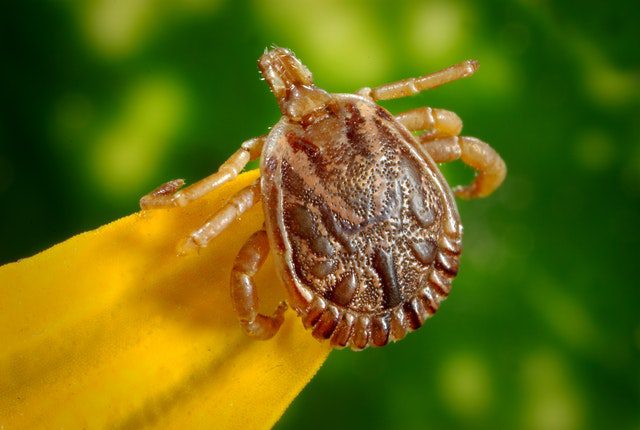Overview Of Rocky Mountain Spotted Fever
Rocky Mountain spotted fever (RMSF) is a disease caused by a type of bacteria carried by ticks.
Commonly Associated With
Spotted Fever
Causes Of Rocky Mountain Spotted Fever
RMSF is caused by the bacterium Rickettsia rickettsii (R Rickettsii), which is carried by ticks. The bacteria spread to humans through a tick bite.
In the western United States, the bacteria are carried by the wood tick. In the eastern US, they are carried by the dog tick. Other ticks spread the infection in the southern US and in Central and South America.
Contrary to the name “Rocky Mountain,” most recent cases have been reported in the eastern US. States include North and South Carolina, Virginia, Georgia, Tennessee, and Oklahoma. Most cases occur in the spring and summer and are found in children.
Risk factors include recent hiking or exposure to ticks in an area where the disease is known to occur. The bacteria are unlikely to be transmitted to a person by a tick that has been attached for less than 20 hours. Only about 1 in 1,000 wood and dog ticks carry the bacteria. Bacteria can also infect people who crush ticks they have removed from pets with their bare fingers.
Symptoms Of Rocky Mountain Spotted Fever
Symptoms usually develop about 2 to 14 days after the tick bite.
They may include:
- Chills and fever
- Confusion
- Headache
- Muscle pain
- Rash — usually starts a few days after the fever; first appears on wrists and ankles as spots that are 1 to 5 mm in diameter, then spreads to most of the body. Some infected people don’t get a rash.
Other symptoms of rocky mountain spotted fever that may occur:
- Diarrhea
- Light sensitivity
- Hallucinations
- Loss of appetite
- Nausea and vomiting
- Abdominal pain
- Thirst
Exams & Tests
The health care provider will perform a physical examination and ask about the symptoms.
Tests that may be done include:
- Antibody titer by complement fixation or immunofluorescence
- Complete blood count (CBC)
- Kidney function tests
- Partial thromboplastin time (PTT)
- Prothrombin time (PT)
- Skin biopsy taken from the rash to check for R rickettsii
- Urinalysis to check for blood or protein in the urine
Treatment Of Rocky Mountain Spotted Fever
Treatment involves carefully removing the tick from the skin. To get rid of the infection, antibiotics such as doxycycline or tetracycline need to be taken. Pregnant women are usually prescribed chloramphenicol.



